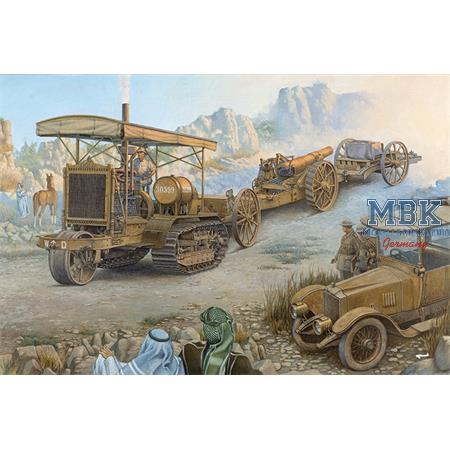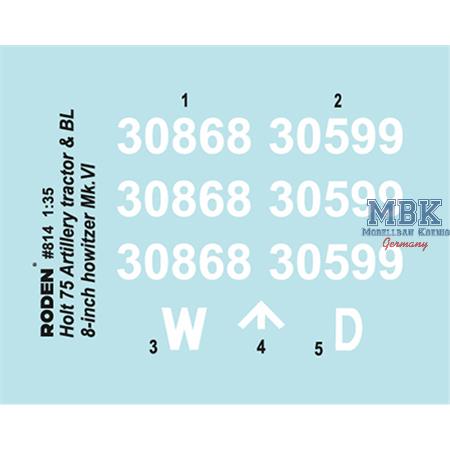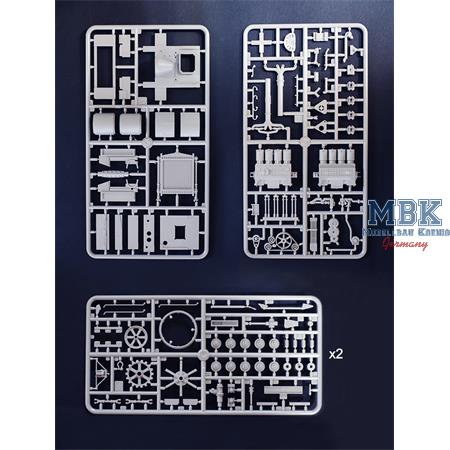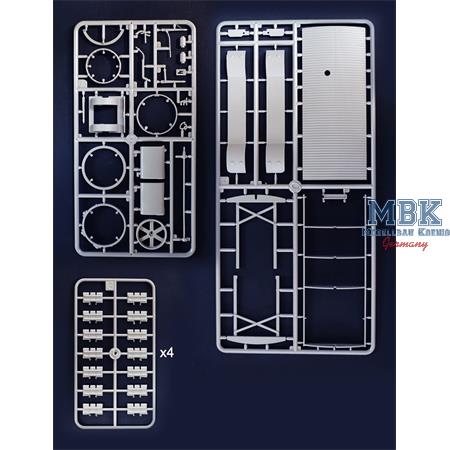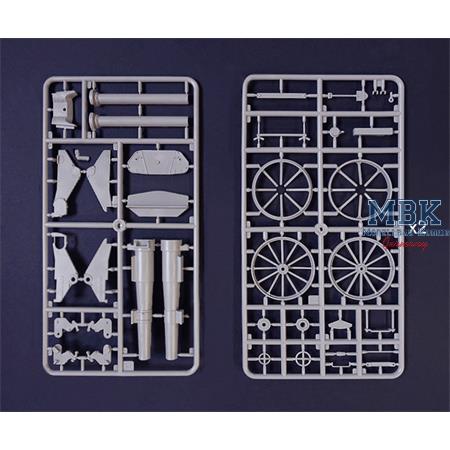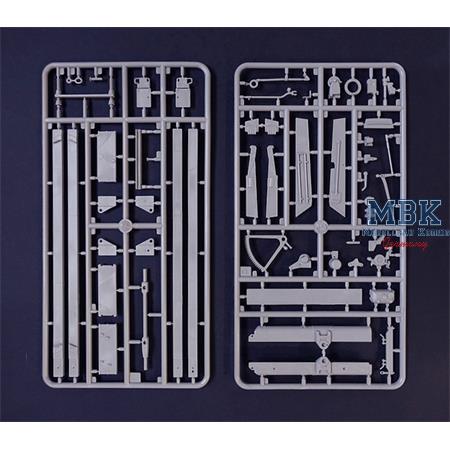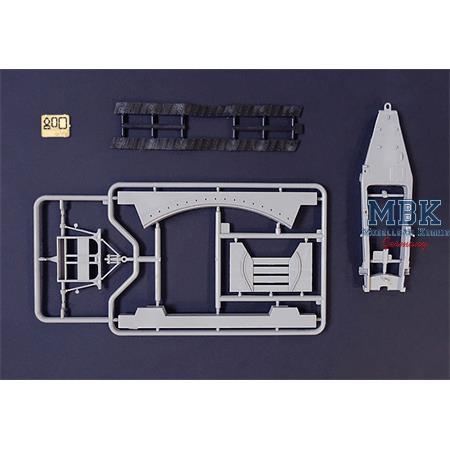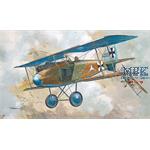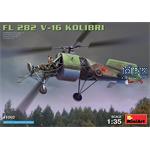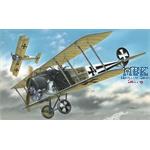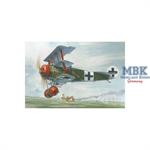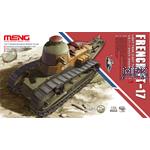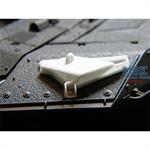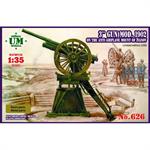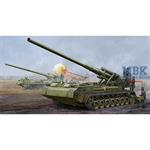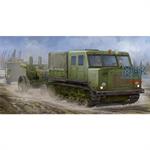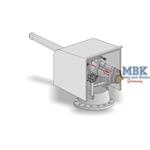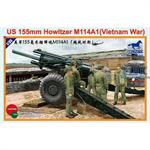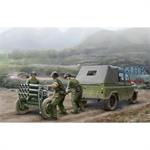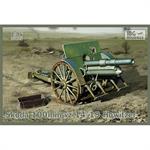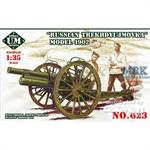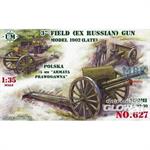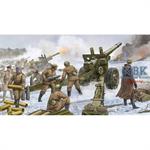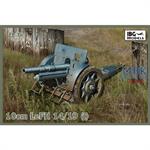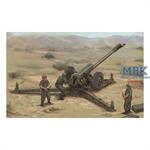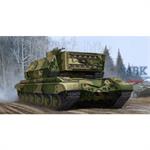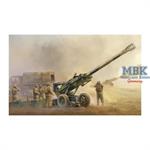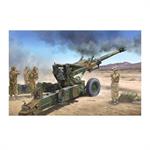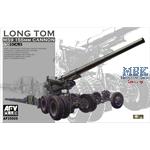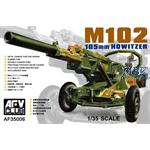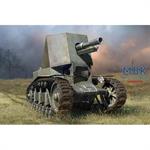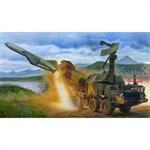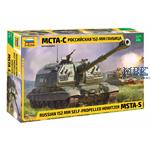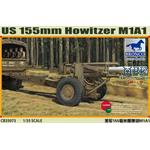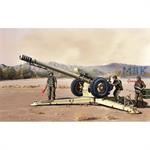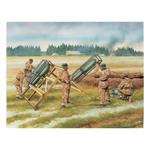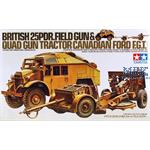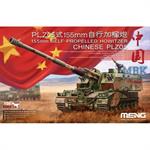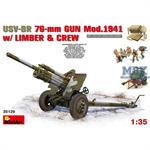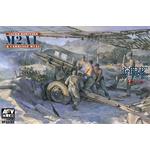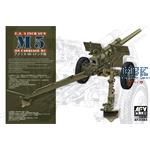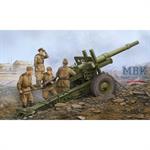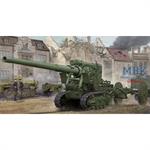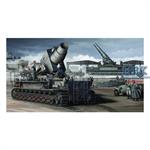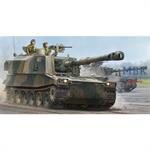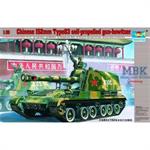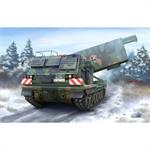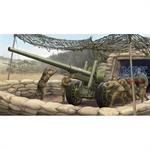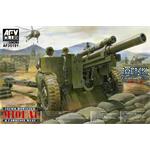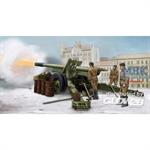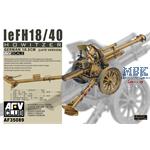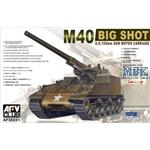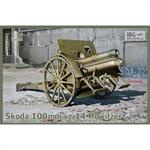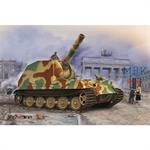- 1:35 scale
- Photo-etched parts included
- Single link tracks for the tractor
- Rubber tires for the howitzer
- 2 marking options
- not built/not painted
- Paint and glue not included
Soon after the turn of the century, American inventor Benjamin Holt built an agricultural machine with a gasoline internal combustion engine and a chassis running on crawler tracks, which proved to be very successful in design, and was copied not only in the United States, but also in England and France, as well as in some other countries. The vehicle was classified as a "tractor" and was named the Holt 75. Even before the start of the First World, these machines were already being used extensively in agriculture, however, not as yet for any military purposes.
After successful tests in quarry sites, where in contrast to the horses the Holt 75 easily towed not only the 6-inch but also the super-heavy 9-inch guns, it was decided to acquire them for the needs of the Royal Artillery Corps immediately. Of course, the speed of the tractor was very low - it could tow a gun at only 2 miles per hour, but even this performance figure outweighed the significant losses of military animals due to their exhaustion in delivery of the guns, especially in off-road conditions.
Simultaneously with the UK, France also became interested in the military use of tractors, suffering likewise from the near-impossibility of pulling heavy weapons solely with horses. In late 1916, about 800 tractors were ordered for the transportation of heavy guns.
After the United States' entry into the First World War in 1918, the American Expeditionary Force in Europe also used tractors of this type extensively. In total these machines as used by the allies, amounted to almost 2,000 units by the end of the war, of which 445 were built under license in the UK. Their work was not glamorous, in contrast to the tanks for instance, used for the first time during the war; but their role as a new component in the military machine, namely, the artillery tractor, was also very important, and in the following years this type of military equipment became ubiquitous, widespread even today.
Write now your personal experience with this article and help others with their purchase decision.
